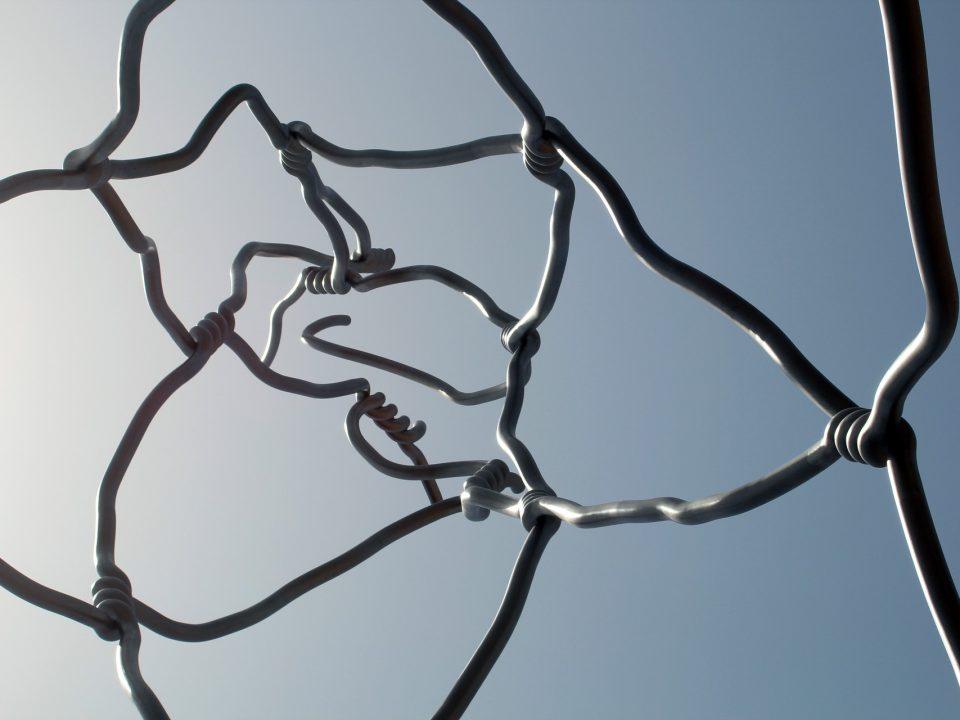Philly: What You Need to Know About New Windows

If you are considering ways to make your condo or house more attractive, whether for your own sake or to appeal to potential buyers, new windows are a great way to make a huge impact. On one hand, they are expensive – this is not a budget or DIY construction project by any means. On the other hand, the benefits of energy-efficient windows are many: lower electric bills, a home that is cooler in the summer and hotter in the winter, peace of mind in the face of storms or other acts of nature. And they’re a big selling point, too. Being able to boast that your house has good-quality new windows is a major bragging point that will resonate with home buyers. There’s a steep learning curve to grasping the particulars of energy-efficient windows, and a lot of unfamiliar terminology. Our goal today is to fill in some of those cracks (see what I did there?) and give you the 411 on energy-efficient windows.
What is an energy-efficient window?
The difference between a regular window and an energy-efficient one is the “low E” (emissivity) coating that blankets the window in nearly invisible metallic oxides on the glass pane, which suppress the radiant heat flow throughout the window. This keeps the cold out and the heat in during wintertime, and the reverse during the heat of summer. Depending on the size of the window you need, these special fixtures can run from $100 – $1000 apiece. But don’t assume that the priciest, sturdiest window is right for you. The grade window your home requires depends on factors like the annual temperature and exposure to extreme weather. Philadelphia gets pretty darn cold in the winter, so that plays a role. On the other hand, we aren’t dealing with extreme heat and a higher possibility of hurricanes and tropical storms, like Florida. So a middle-of-the-road window may suit you just fine.
What the heck does that term mean?
Buying new windows is fraught with all kinds of new terminology, and not understanding the lingo can get in the way of you finding the window that truly fits your needs. The following is a brief glossary of common terms in energy-efficient window shopping.
- U-factor: Basically, the lower the number, the higher the energy efficiency. Pretty common sense. When shopping for new windows, you should always seek out panes with a U-factor at or under 0.30.
- Solar heat gain coefficient (SHGC): This is unreasonably complicated jargon for the measurement of how well a window dispels heat from sunlight hitting it. Basically, a window with a lower SHGC rating means less heat from sunlight is getting inside your home as a mark of greater efficiency.
- Air leakage: Pretty self-explanatory, this term refers to how much air leaks through the joints of a particular window. As with the previous criteria, you want to look for a lower rating, which signifies less air passing through.
- Visible transmittance: Here’s a case where a higher number equals better. Visible transmittance refers to how much light passes through a window, and you obviously want as much of this as possible. Look for the highest value that you can afford.
- Condensation resistance: Condensation is not a desirable feature on a window, and that’s why you want a fixture that resists water buildup. Again, a higher number here equals a better product, as it points to a window that doesn’t allow much buildup.
- R-value: Higher is better with R-value, which measures a window’s resistance to heat flow. Glazing is an important component in R-value, meaning that a single-glazed window will roll off the assembly line with a lower value than a triple-glazed one. (Anyone else thinking of donuts?)
- Energy rating: The most comprehensive number, and the one that window-buying newbies will want to look for, is a measure of the balance between the U-factor, SHGC, and air leakage.
I can’t afford new windows. How can I make my home more energy-efficient?
If you aren’t trying to create a selling point for potential buyers and are simply interested in increasing your home’s energy efficiency, there are makeshift fixes that will make the situation better than it was before. For example, you can have a low-E coating applied to your current windows, or look into the possibility of insulated window treatments, like curtains and/or natural blinds. These are not long-term solutions, but if you have old, leaky windows, every little bit of cure works.



